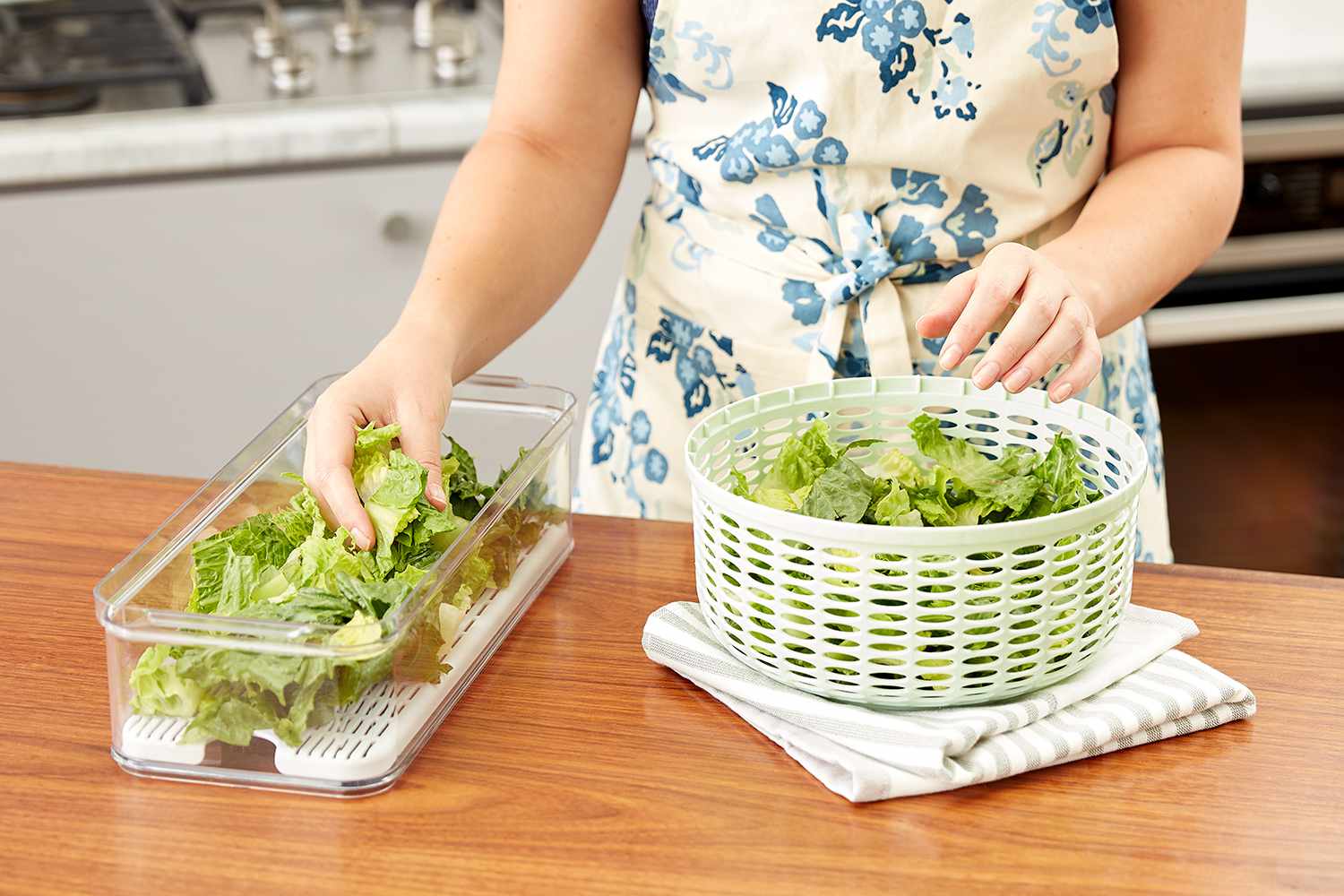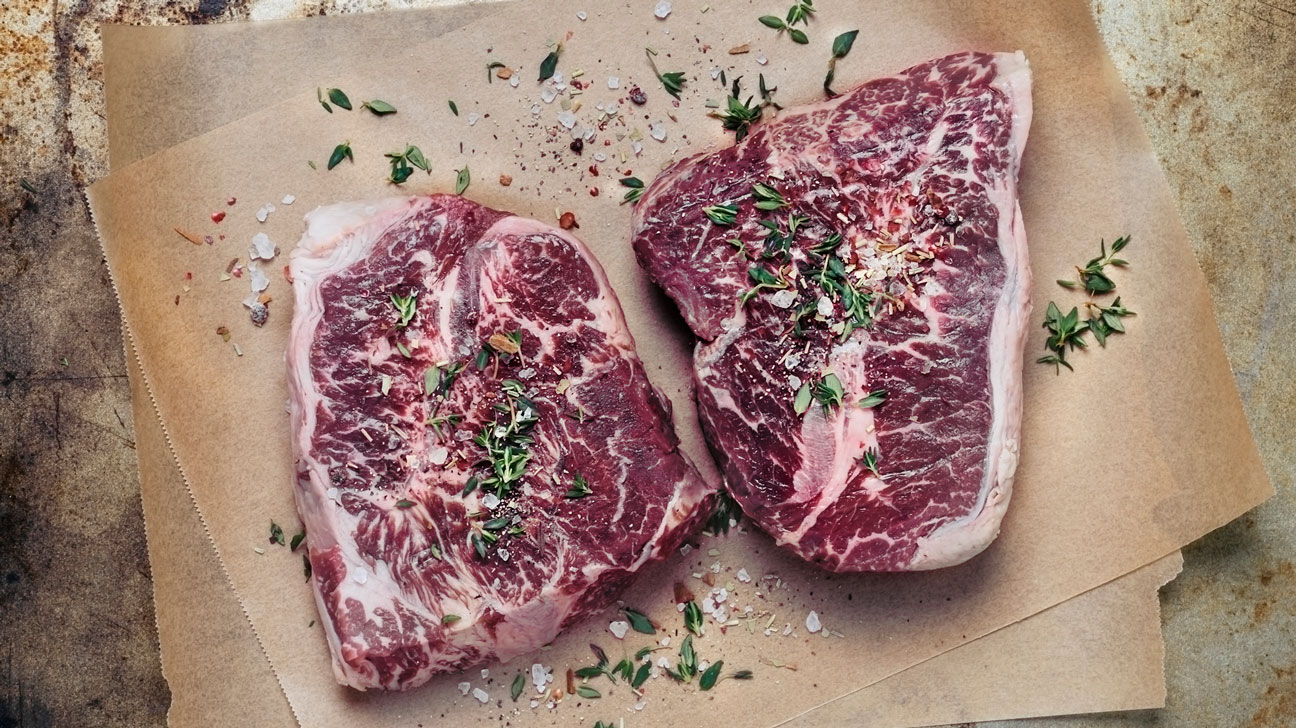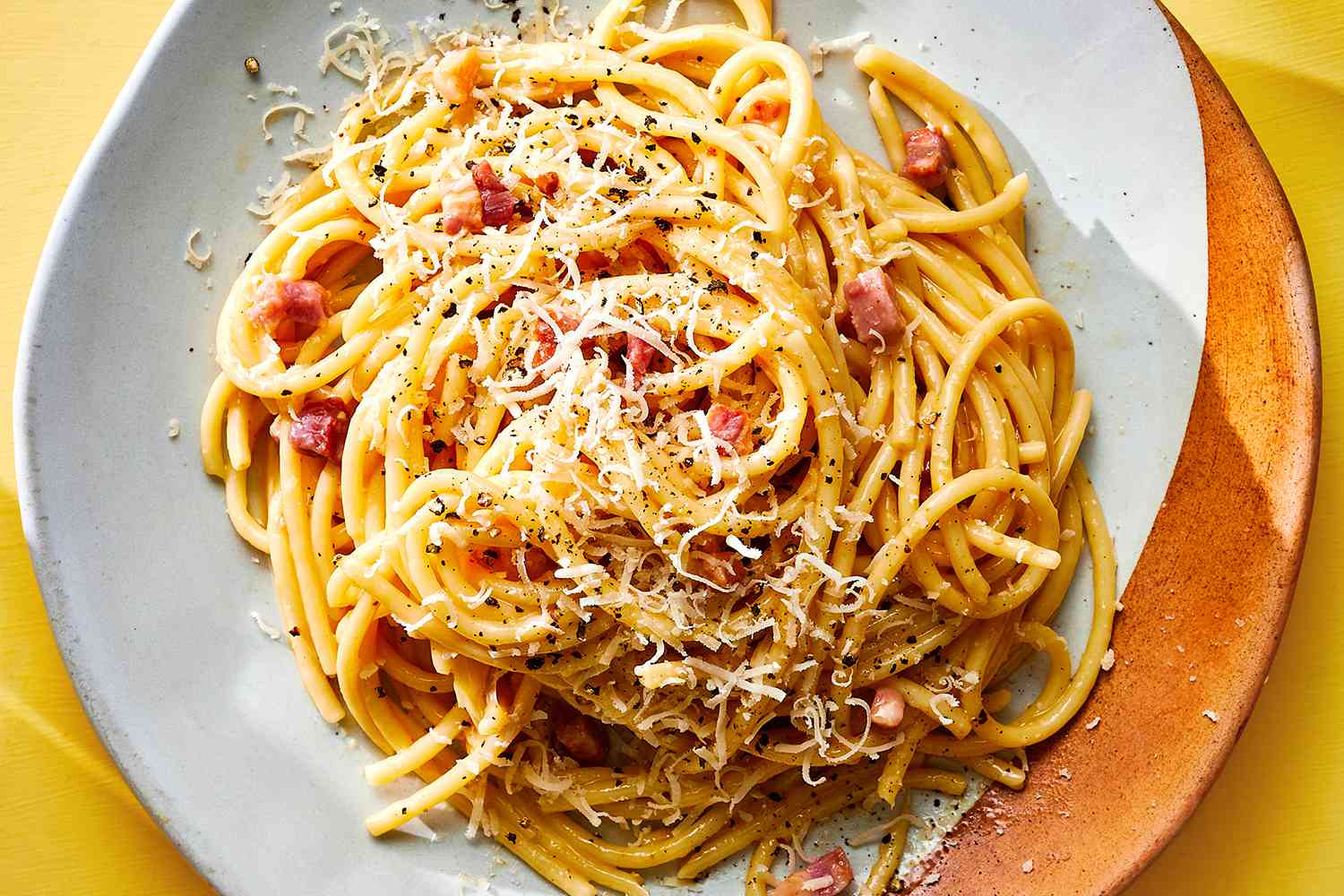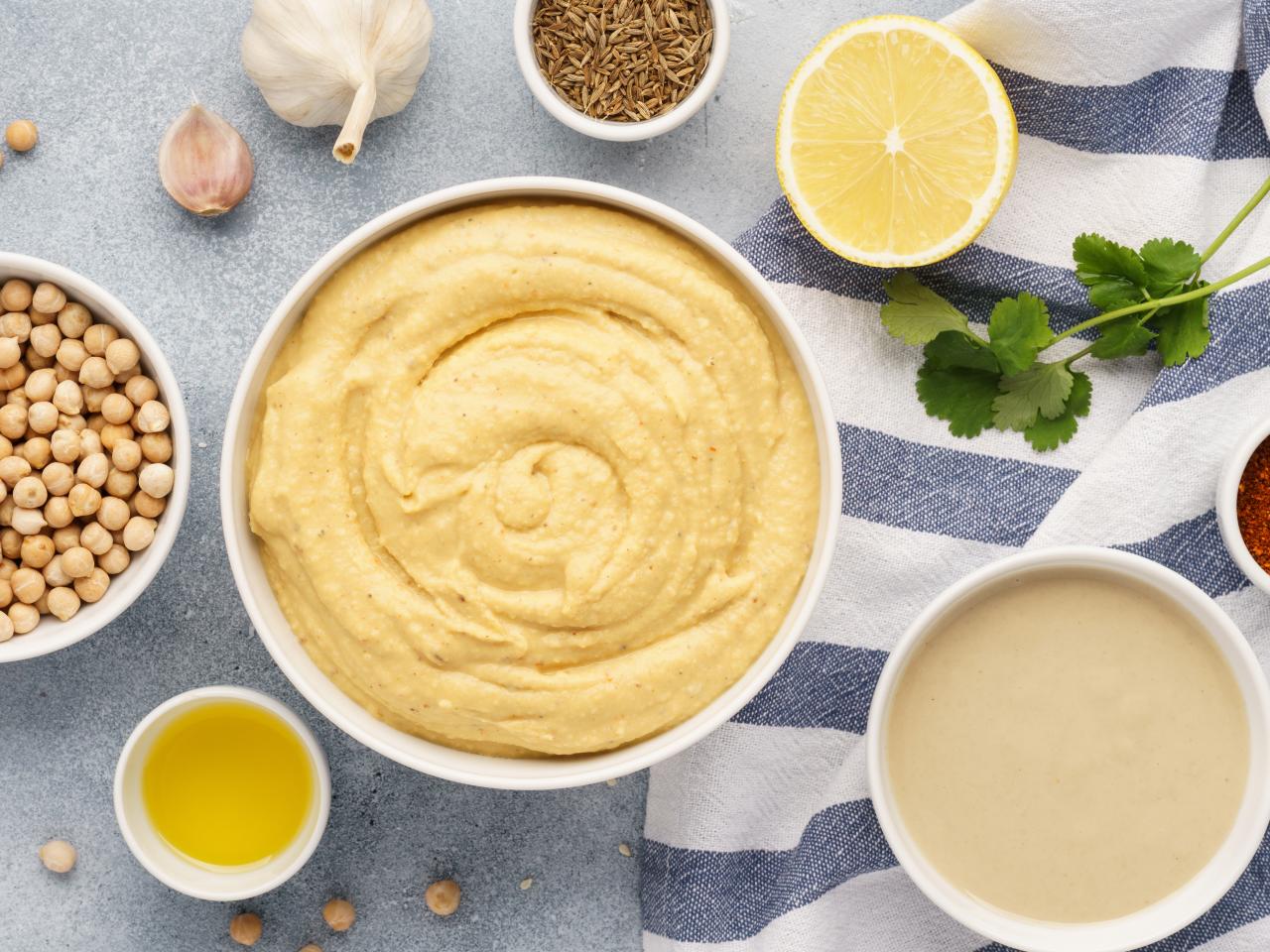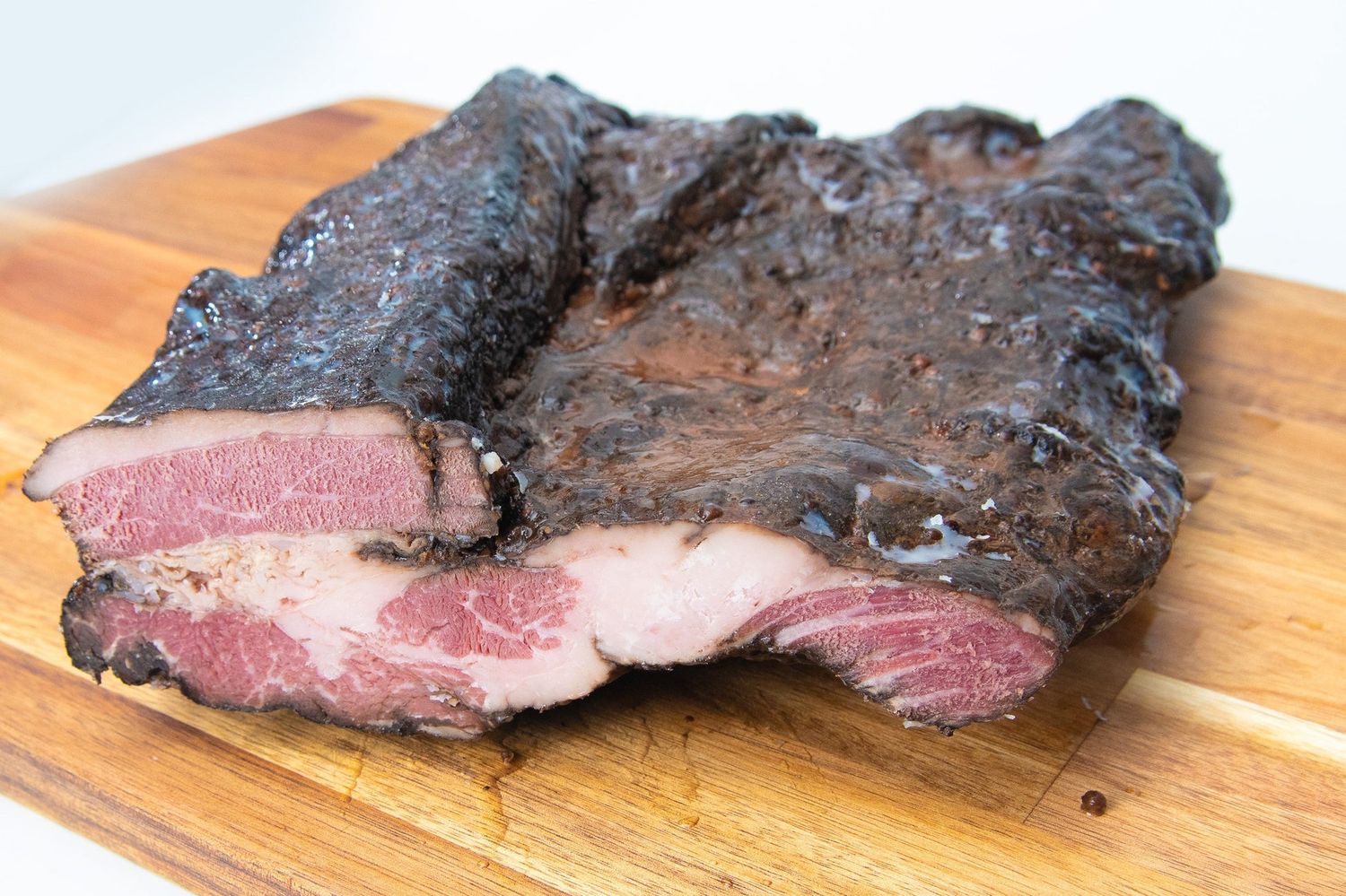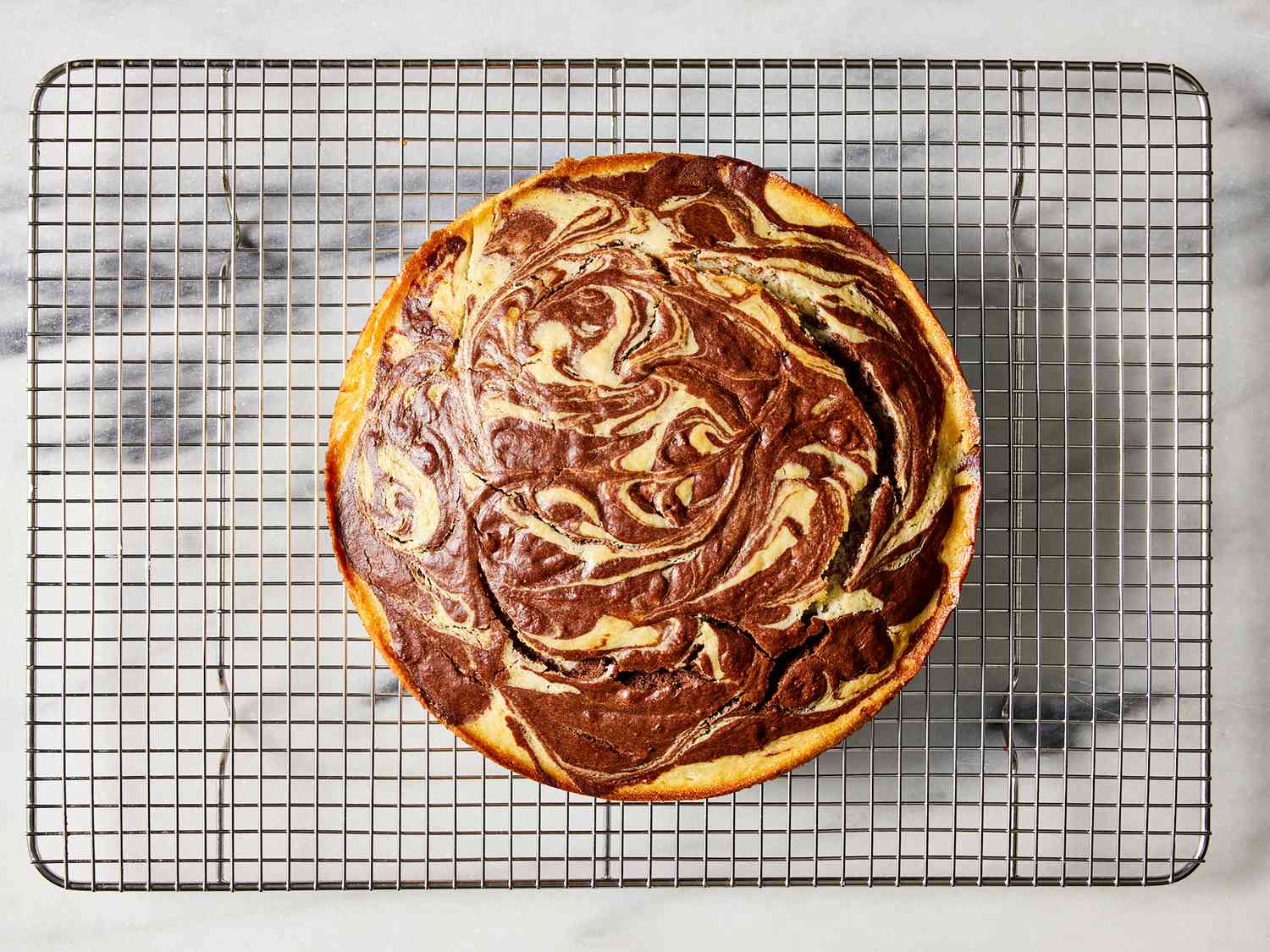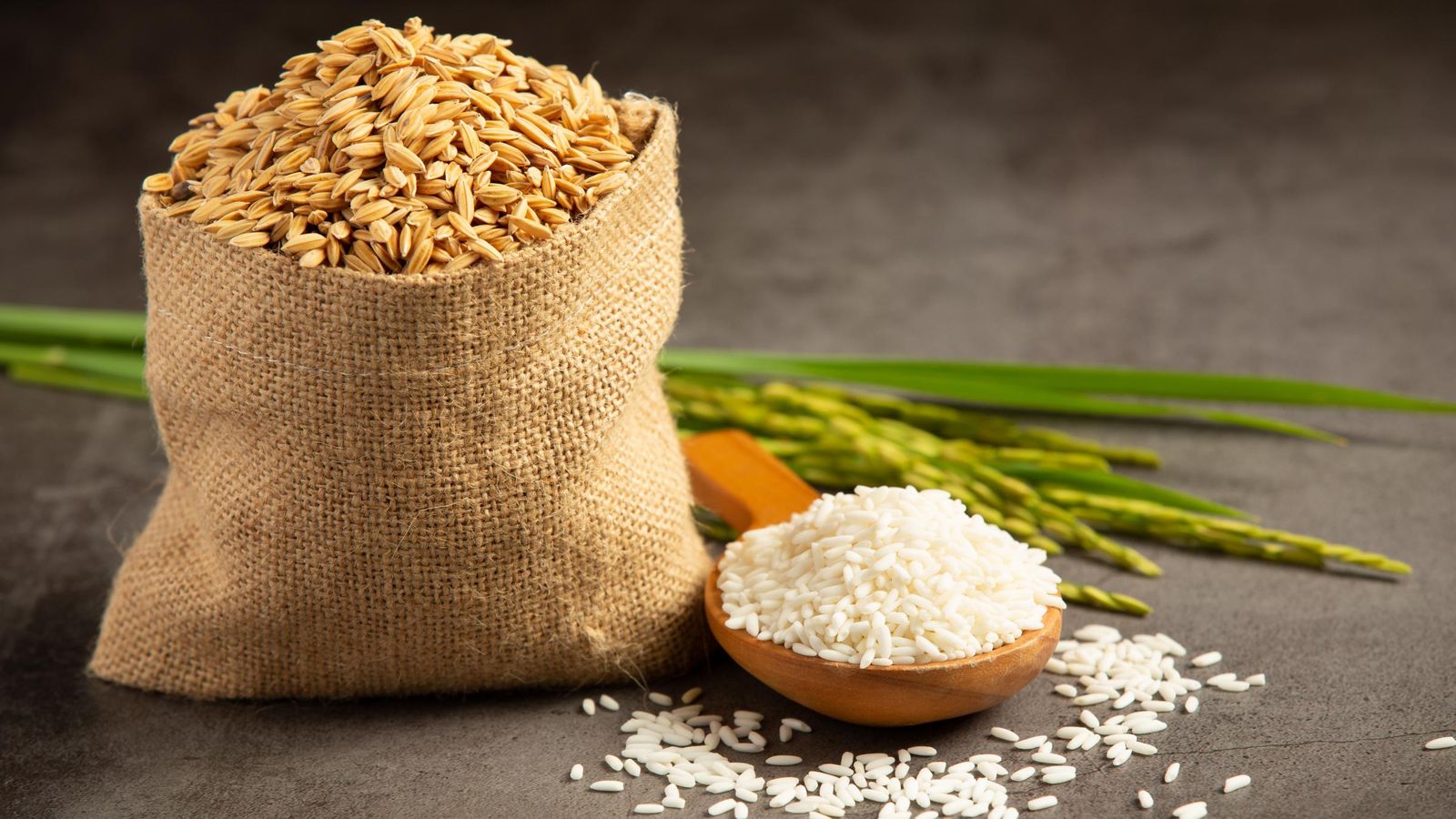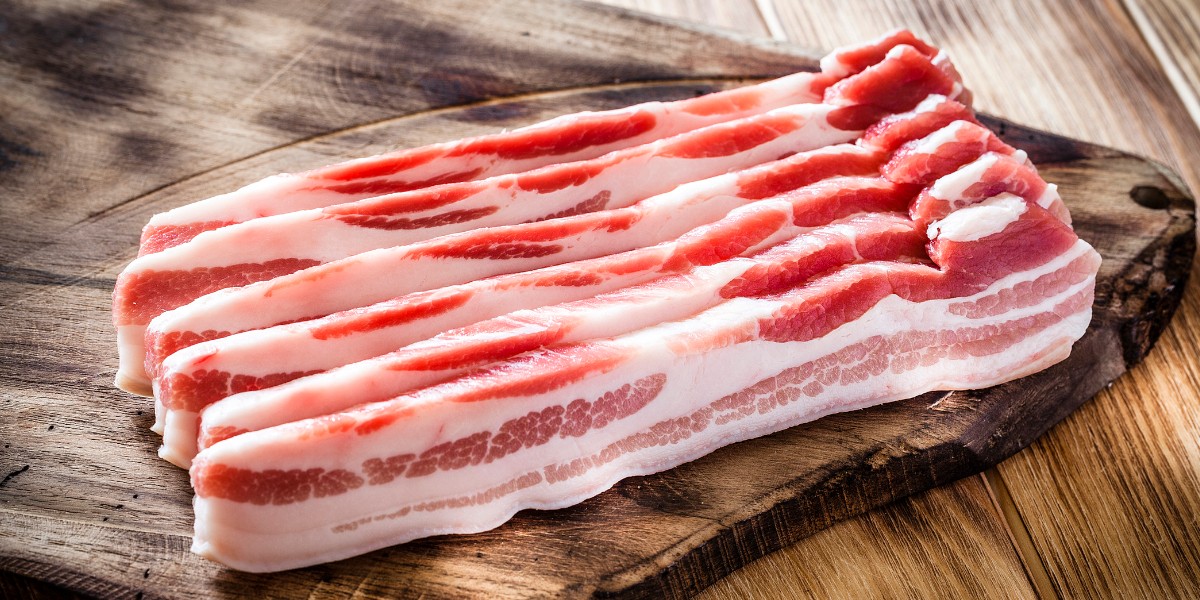Discovering the Delightful World of Parmesan Reggiano
When it comes to Italian cuisine, one cannot overlook the exquisite flavor and texture of Parmesan Reggiano. This renowned cheese, also known as the “King of Cheeses,” has been a staple in Italian kitchens for centuries. Let’s delve into the fascinating world of Parmesan Reggiano and uncover what makes it so special.
What Makes Parmesan Reggiano Unique?
Parmesan Reggiano is a hard, granular cheese that is made from cow’s milk. It hails from the regions of Parma, Reggio Emilia, Modena, and parts of Bologna and Mantua in Italy. The cheese is aged for a minimum of 12 months, with some varieties being aged for up to 36 months, resulting in a rich and complex flavor profile.
One of the key factors that sets Parmesan Reggiano apart is its strict production regulations. The cheese can only be labeled as Parmesan Reggiano if it is produced in designated areas using traditional methods. This ensures that each wheel of cheese meets the highest standards of quality and authenticity.
Flavor and Aroma
When it comes to flavor, Parmesan Reggiano boasts a nutty and savory taste with subtle hints of fruitiness. Its aroma is equally enticing, with a delightful combination of earthy and sweet notes. The cheese’s granular texture adds to its appeal, making it a versatile ingredient in a wide range of dishes.
Uses in Culinary Delights
Parmesan Reggiano is a beloved ingredient in Italian cuisine, where it is used to enhance the flavor of pasta dishes, risottos, and soups. Its rich and robust flavor also makes it a perfect accompaniment to a variety of meats and vegetables. Whether grated over a steaming bowl of pasta or served as a standalone cheese course, Parmesan Reggiano never fails to impress.
Health Benefits
Besides its delectable taste, Parmesan Reggiano offers a range of health benefits. It is a rich source of protein, calcium, and essential vitamins, making it a nutritious addition to your diet. The aging process of the cheese also results in the development of beneficial enzymes and probiotics, which can aid in digestion and promote gut health.
Choosing and Storing Parmesan Reggiano
When selecting Parmesan Reggiano, look for pieces that have a firm texture and a deep, golden hue. It is best to purchase the cheese in larger chunks and grate it as needed to preserve its freshness and flavor. Store the cheese in the refrigerator, wrapped in parchment paper or wax paper, to prevent it from drying out.
Final Thoughts
Whether you’re a culinary enthusiast or simply a lover of good food, Parmesan Reggiano is a cheese that deserves a place of honor in your kitchen. Its unparalleled flavor, rich history, and versatility make it a true gem of Italian gastronomy. So, the next time you savor a dish adorned with a sprinkle of Parmesan Reggiano, take a moment to appreciate the centuries-old tradition and craftsmanship that goes into creating this extraordinary cheese.
Now that you’ve gained insight into the world of Parmesan Reggiano, why not elevate your next meal with the irresistible allure of this esteemed cheese?
Was this page helpful?
Read Next: What Is Pickled Radish?

